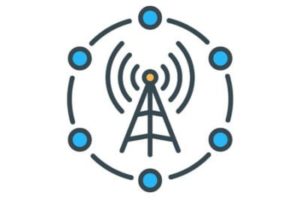
Ericsson is hoping to eliminate the need for physical SIM cards through the introduction of an automated eSIM solution that will allow service providers to deliver and manage user profiles remotely. According to Ericsson, the new solution should improve the overall mobile experience for everyday consumers.
That conclusion was based on a consumer survey that accompanied the eSIM announcement. The survey showed that eSIM technology is particularly well-suited for six specific use cases, and that consumers are willing to pay a fee to take advantage of those benefits. For instance, eSIM tech makes it easier to add a new device to an existing plan, or allows users to try out a new device for a few days before making a purchase.
Other perks include access to local data plans and connectivity insurance while on the road. It can also be used to facilitate marketing campaigns and special events. Based on the results of the survey, Ericsson believes that service providers can expect to see 10-15 percent revenue growth per smartphone subscriber for those using eSIM technology.
“Most communication service providers see eSIM-enabled smartphones as more of a threat than an opportunity, but eSIMs may very well be what CSPs need to break the falling ARPU curve,” said GlobalData Principal Analyst Lynnette Luna. “eSIM can enable new use cases that can actually strengthen the customer experience.”
The report goes on to predict that the number of smartphones outfitted with eSIM tech will climb from 5 percent to 20 percent between 2020 and 2024. Gemalto and IDEMIA are also active players in the space, with the latter providing eSIM services to partners in Japan and the Netherlands in the past few months.
It arrives shortly after a pair of separate Ericsson reports, one of which predicted the rise of multisensory experiences and one of which highlighted the importance of AI in IoT devices.

Follow Us